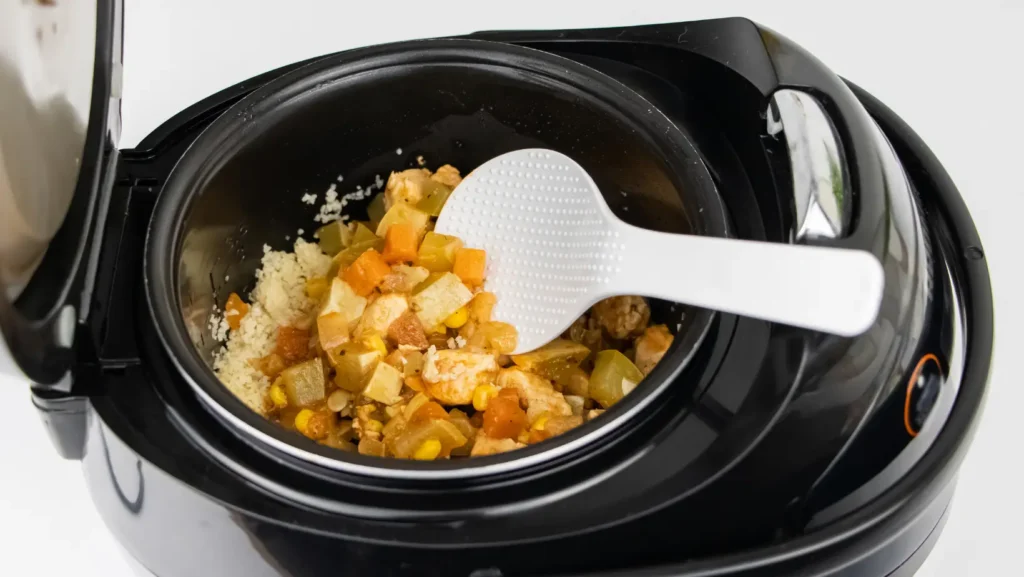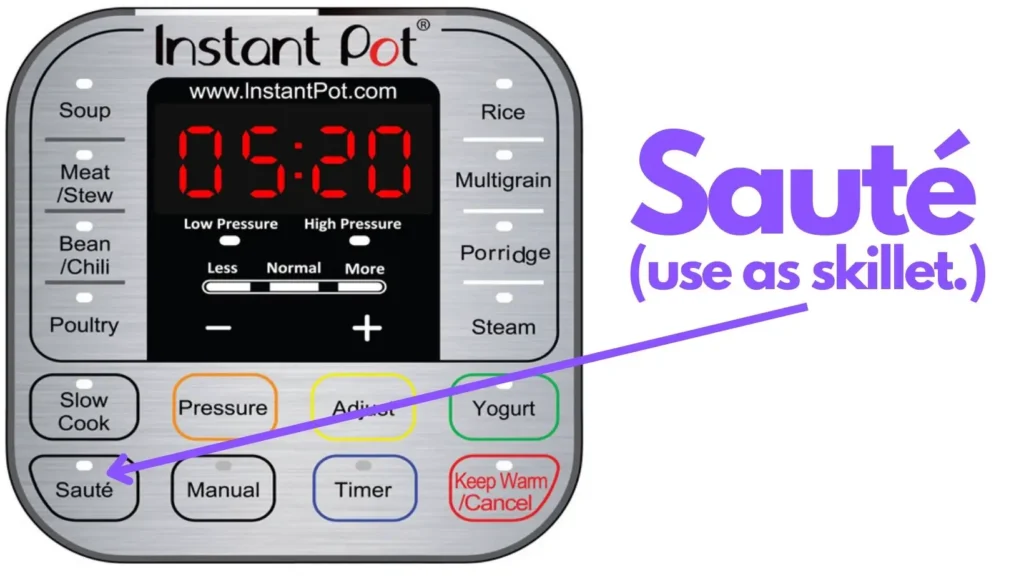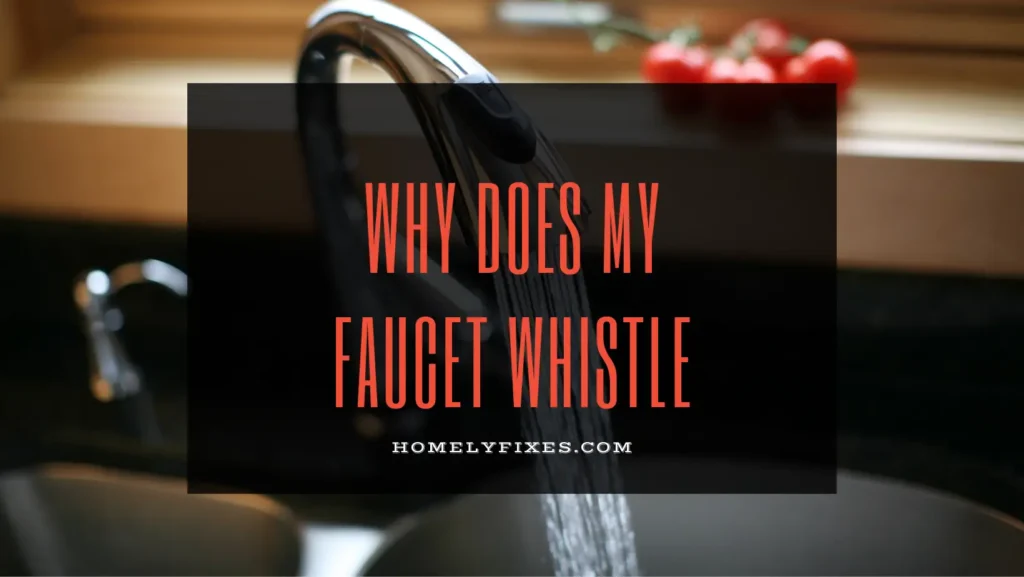
Do you hear a strange sound coming from your faucets? Maybe it sounds like a whistle or a song. Or maybe it just makes a weird noise. Whatever it is, it’s annoying.
Most people who call me complain about the whistling sound coming from their faucets. They’ve tried everything to fix it – including replacing the whole thing with a new faucet. But nothing works.
I’m going to tell you why your faucet might be making a funny noise and how to stop it. Then we’ll go over some simple fixes that will make your faucet work again.
Summary – The Whistling in your faucet is due to an air or water leak or a loose seal between the handle and the spout. The noise occurs when there is an excessive pressure build-up inside the valve stem assembly or the seal is damaged.
3 Reasons Why Your Faucet Whistle
Worn Or Damaged Gasket On The Valve Stem.
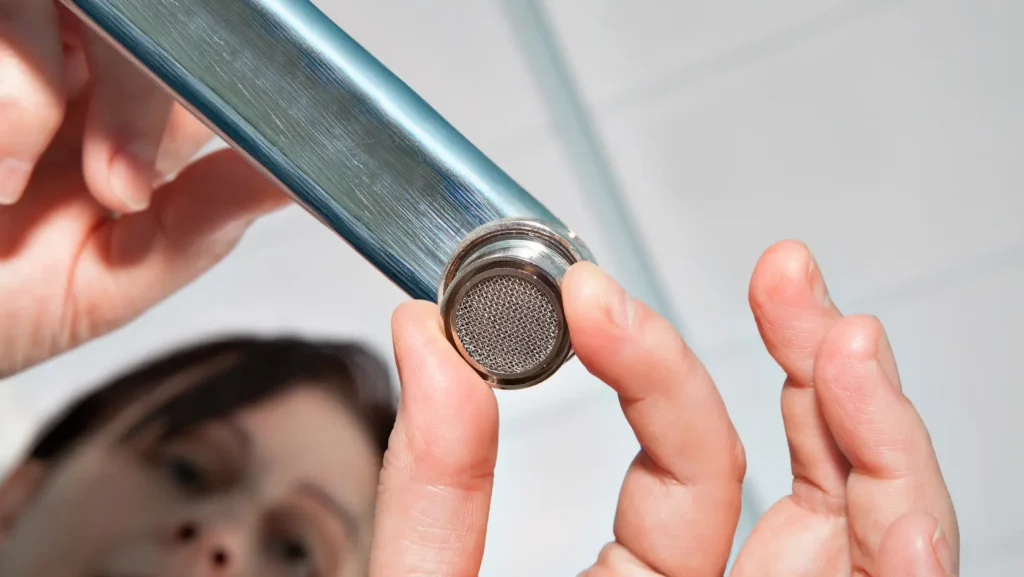
A worn or damaged gasket around the handle head can cause excess water to escape from the spout, hosing down your sink and splashing over the counter. When this occurs, a loose-fitting handle assembly can also allow air to enter through looseness in the assembly joint and create that constant whistle.
Sometimes using a couple of sheets of rubber underlayment placed between a loose-fitting faucet handle and its mounting base or a layer of plumber’s putty will solve this problem. If not, replacing the faucet is your final option. Check with your local hardware store for more information on how to resolve this issue yourself.
Lose Fitting

A common problem with kitchen faucets is that the handle tightens down and is loose when it should be tight, or the handle is loose and will not tighten down. This can cause air pressure to get behind the gasket and leak out of the spout. The escaping air and water cause the whistling noise you hear.
If your faucet is leaking, the first thing you can try is tightening the handle. If that doesn’t work, you may need to replace the faucet. Either way, once you take care of the leak, the constant whistle will be eliminated.
Residue Build-up in the Faucet
Residue can also build up in your faucets or pipes and cause whistling as the water passes through. This may be the case if you have just recently moved into a home.
Some signs you may notice are:
- Water comes out of the faucet at an irregular rate.
- The water coming out is different colors and smells like chemicals, and it is rusty and has a foul smell.
To solve this problem, you must remove the residue build-up to stop that whistling noise.
Common Tools Used To Clean Your Faucet May Include
- White Vinegar
- Plumber’s Putty
- Rubber Covering
- Toothbrush
- Pliers for use with the rubber covering and putty.
- Dish soap
Steps to Remove Residue from Faucet?
- Scrub the pipes and faucet with a toothbrush and water.
- Then, fill the sink with water and add a small amount of white vinegar.
- Let the faucet run for about 5 minutes.
- Scrub the sink, pipes, and faucet with a toothbrush again to remove any residue that may have loosened from the cleaning process.
- Flush the sink, pipes, and faucet with water to remove any new residue or vinegar smell.
Precautions To Take When Cleaning Residue From The Kitchen Faucet
- Don’t touch the faucet valves; they are metal and can become very hot after running water or when the sink is filled with water or hot water.
- Avoid using abrasive cleaning products such as steel wool, scouring powder, or aggressive cleansers on your faucet. These can cause damage to the finish on your faucet and countertop if the residue comes into contact with them.
- Don’t use a wrench or other tools to remove the faucet since they might cause damage to the fixing area of the sink and water leakage.
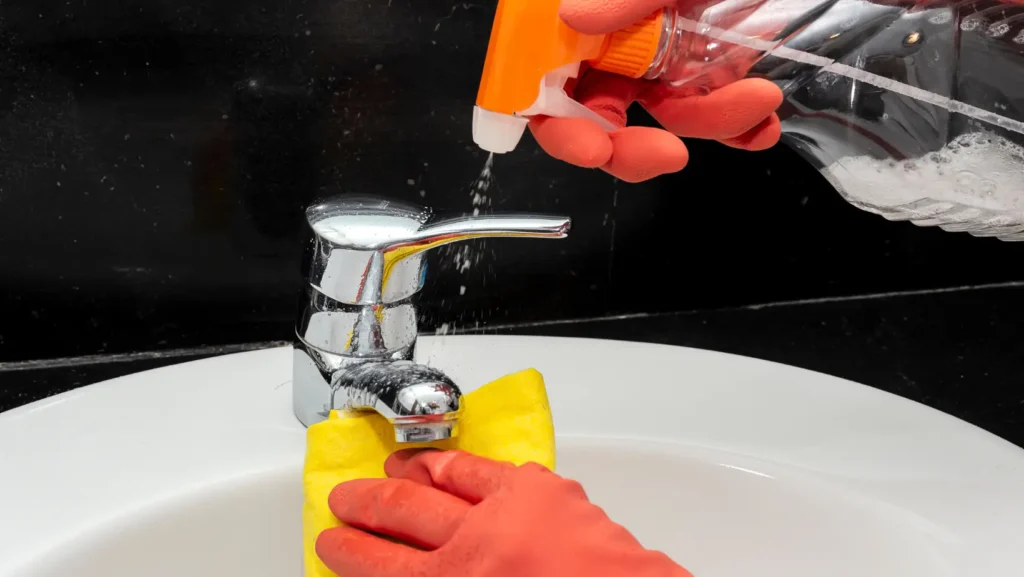
Other Common Noises Your Faucet Can Make:
Hammering Sound
When you turn off your faucet, you may sometimes hear a hammering sound. The water pressure causes this in the pipes, leading to water wastage.
To fix this issue, shut off the main water supply to the house by closing any valves and disconnecting the shut-off valve at the meter. After disconnecting the main water supply, wait a few minutes until all the water has drained out of the pipes.
Vibrating Noise
This is due to excessive water pressure running through the faucet. The excess pressure can cause the faucet to vibrate and make a noise.
To fix this issue, you will need to check the water pressure at the faucet. Pressure gauges can be used to check the pressure at the faucet. If there is too much pressure, turn off the house’s water supply by closing any valves and disconnecting the shut-off valve at the meter.
FAQs On Why Does My faucet Whistle
Why is My New faucet Whistling?
New faucets whistle due to the air trapped during the installation. The air must be released from the faucet before the water can run through smoothly. This is achieved by removing the aerator on top of the spout and ensuring all parts are securely in place. Once the air is released, water should not whistle.
What do I do If My Faucet Does Not Stop Whistling?
If the faucet still makes noise after replacing the handle or tightening it, you will need to replace your faucet. It is best to replace the whole fixture. Hiring a professional to replace your faucet will ensure your faucet is properly installed without any air leaks. You will also get professional advice on how to prevent your faucet from whistling in the future.
